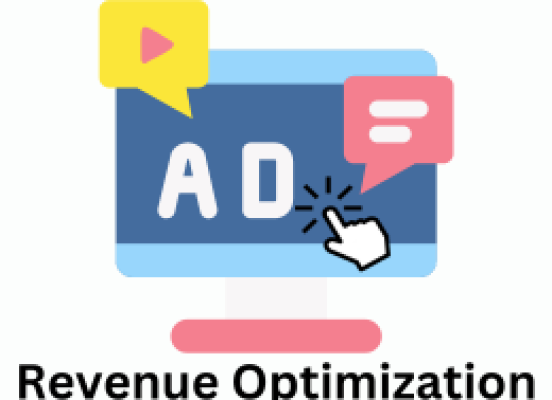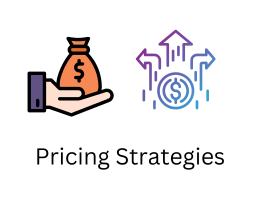
Maximizing Revenue: The Importance of Ad Placement on Websites and Apps
- By admin --
- Thursday, 13 Apr, 2023
The placement of ads on a website or app can have a significant impact on click-through rates (CTR) and ultimately on revenue. Ad placement affects how visible the ad is to the user and how easily the user can interact with it. Here are a few factors that can affect ad placement:
-
Above-the-fold placement: Ads that appear above the fold (i.e., visible without scrolling) tend to perform better than ads that are placed below the fold. Users are more likely to see and engage with above-the-fold ads, which can lead to higher click-through rates.
-
Ad size and format: The size and format of the ad can also impact its performance. Larger ads tend to perform better than smaller ones, and certain formats, such as video or interactive ads, may be more engaging for users.
-
Relevancy: Ads that are relevant to the user and the content on the page tend to perform better than ads that are not. Placing ads that are closely related to the content on the page can increase the likelihood of clicks and conversions.
-
User behavior: The placement of ads should also take into account user behavior. For example, users may be more likely to click on ads that are placed in the middle of the content, rather than on the side.
-
Ad clutter: Finally, the number of ads on a page can also impact ad performance. Too many ads can create a cluttered and overwhelming experience for users, which can decrease engagement and ultimately harm revenue.
-
Heat maps: Heat maps are a useful tool for understanding how users interact with a webpage or app. By analyzing heat maps, publishers can determine which areas of a page are most visible and engaging to users. This information can help inform ad placement decisions, as ads placed in high-visibility areas are more likely to be seen and clicked on.
-
A/B testing: A/B testing involves testing two different versions of a webpage or app to see which performs better. By testing different ad placements, publishers can determine which placements lead to the highest click-through rates and revenue. A/B testing can also help identify other factors that impact ad performance, such as ad size and format.
-
Ad-blocking software: Ad-blocking software can significantly impact ad revenue. By placing ads in areas that are less likely to be blocked by ad-blockers, publishers can increase the visibility and engagement of their ads. For example, some publishers place ads within the content of articles, as these areas are less likely to be blocked.
-
Mobile optimization: With more users accessing the internet on mobile devices, it's important to optimize ad placement for mobile screens. Mobile ads should be designed to fit the smaller screen size and placed in areas that are easy to interact with on mobile devices.
-
Contextual targeting: Contextual targeting involves placing ads based on the content of the webpage or app. By placing ads that are closely related to the content on the page, publishers can increase the relevance of their ads and improve click-through rates.
In summary, ad placement is a complex process that involves many factors, including user behavior, ad format, and page design. By using tools like heat maps and A/B testing, publishers can optimize ad placement to increase revenue and engagement. Additionally, publishers should consider mobile optimization and contextual targeting to ensure that ads are relevant and visible to users.





